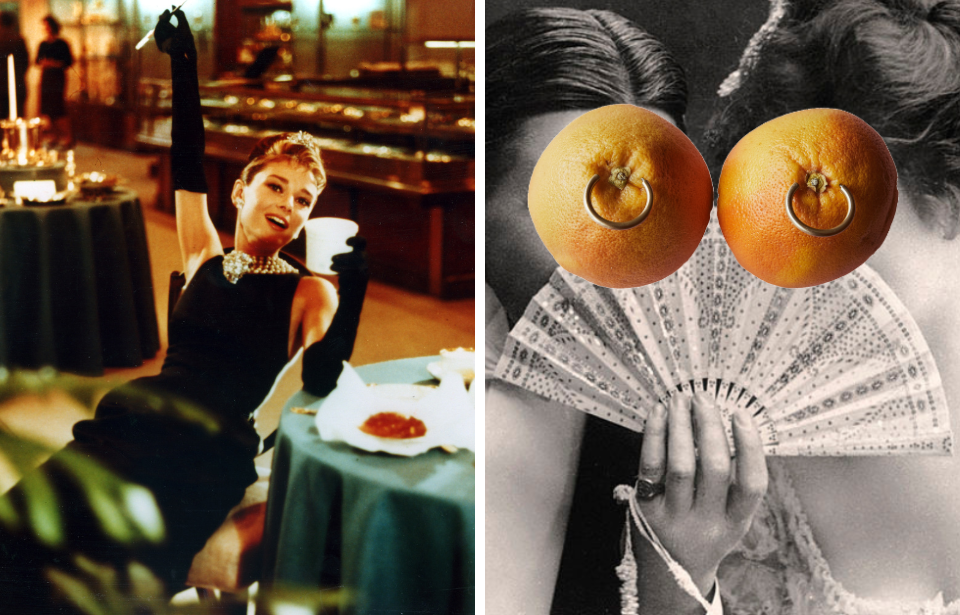We all experience this – you’re watching a movie set in the 17th century that shows a priest reading passages from an old, tattered book. You are fully immersed in the believability of the era, but the reality is the books they are reading would have been freshly printed and pressed with no tears, cracks or rips. They would only look old and tattered in this day and age.
When history doesn’t match our perception of history, it is called the Tiffany Problem. The term was coined by author Jo Walton and describes how reality can sometimes be too unrealistic to be believable. There are so many examples of this phenomenon throughout history, especially through TV and movie depictions of events and eras.
The name Tiffany
One of the best examples of the Tiffany Problem is exactly how the phenomenon got its title – the name Tiffany. To the people of the 21st century, the name Tiffany is a relatively modern name. It is often associated with Tiffany diamonds and the 1961 film starring Audrey Hepburn, Breakfast At Tiffany’s.
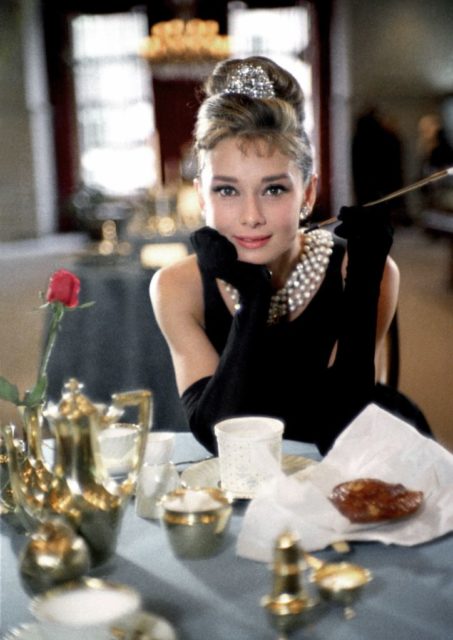
However, the name actually originated in the Middle Ages, dating as far back as the 12th century. The name Tiffany is the English form of the Greek name Theophania, meaning “God appears”, or “Epiphany.” The feast of Epiphany falls on January sixth when the three wise men brought gifts to the baby Jesus, and so girls born on this day were often named Theophania or one of its variations, including Tiffanie, Tiffania, and Tiffany.
Victorian nipple piercings
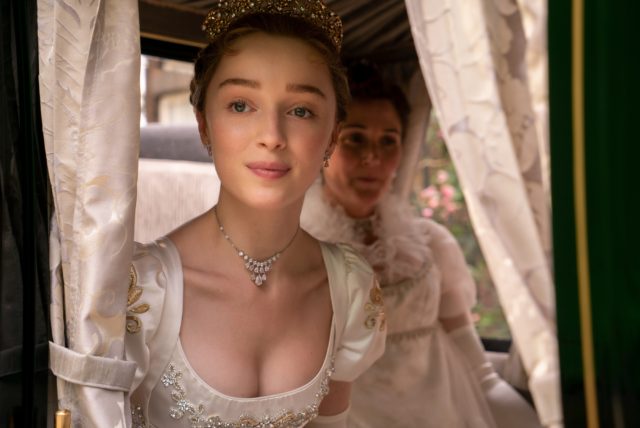
When you think of the Victorian period, you most certainly do not think of nipple piercings. Instead, you think of things like Bridgerton, the rise of literature, and prudishness. If a woman showing her ankle was taboo, how did nipple piercings become a craze? When nipple piercings came into fashion for both men and women, it was initially seen as a sign of nobility. It acted as a sign of wealth and so getting your nipples pierced became quite the trend. In his book Anatomy and Destiny, author Stephen Kern says how, “in the late 1890s, the “bosom ring” came into fashion briefly and sold in expensive Parisian jewelry shops… The rings enlarged the breasts and kept them in a state of constant excitation.”
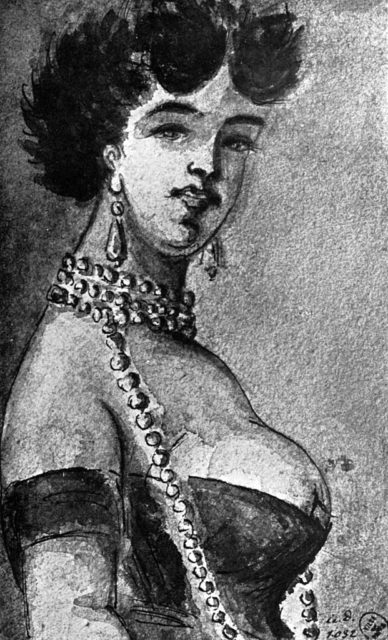
Despite their sheepishness for publicizing anything related to sexuality, many Victorian people wrote to newspapers to discuss their motivations and experiences with getting their nipples pierced. Take Constance for example, who wrote to a newspaper to explain how her fiancé, and cousin, Jack, requested she has her nipples pierced after he had gotten his pierced himself. Quickly, the lower classes began to envy this trend and soon nipple piercings were no longer reserved for the rich. Once it was adopted by the poor, nipple piercings no longer acted as a distinction between wealth and poverty, and the rich ultimately abandoned the trend.
Celebrity gladiators
Gladiators are typically portrayed as fighters who possessed all the brawn and no brains. However, regardless of their brutish nature, they gained considerable fame among the Roman population. Imagine posters of Russell Crowe holding bottles of olive oil with some witty inclusion of the phrase “are you not entertained” pasted all over the walls of Ancient Rome. Well, maybe it didn’t happen exactly like that, but real gladiators were very famous and they did endorse different products. They would have images of themselves with their names plastered up on what would be the equivalent of modern-day billboards to promote their upcoming battles.

Like present-day WWE, gladiator fights were an extremely popular form of entertainment in Ancient Rome. Gladiators even had their own action figures made of clay for children to play with. These fighters were very popular among the lower classes and women were particularly enamored with them, mixing their sweat into their face cream.
Holy water vending machines
Believe it or not, the world’s first vending machine dates all the way back to the first century A.D. Even just saying it sounds like it is straight out of Monty Python. It was invented by a man named Hero, which translates into “busy man.” And he was a busy man indeed. Alongside other inventions, like the syringe and the steam engine, he devised a vending machine that operated when a coin was inserted into the top of the box.
The coin would land on a metal lever positioned like a balance beam. This would then raise the other end of the beam which had a string attached that would pull the plug on a container holding holy water and dispense a fixed amount until the coin dropped off of the beam, resealing the plug into the container.
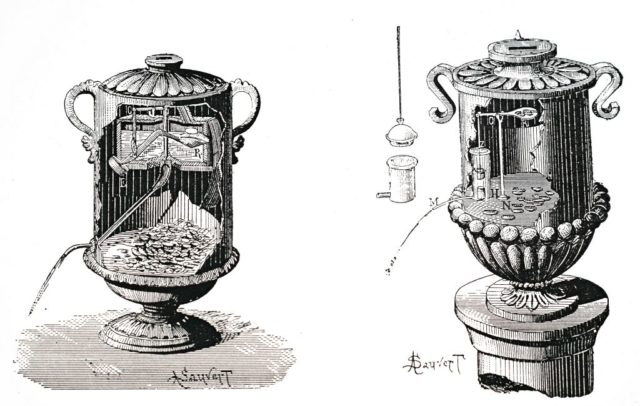
The vending machine was devised specifically for temples to solve a recurring problem, “people were taking more Holy Water than they were paying for.” At the cost of one five-drachm coin, this problem was quickly solved.
Female pirates
Step aside, Blackbeard, you’ve got some new competition. Contrary to what you would think one of the most feared pirates in history would look like – a burly man with an unruly beard – she was actually a young, beautiful Cantonese woman named Ching Shih. Shih went from working in a brothel to becoming the ruler of one of the largest pirate fleets in history. Before her reign, she married a pirate commander who unified small groups of pirates, but when he died suddenly in 1807, she stepped in to take over command of some 40,000 to 60,000 pirates. Her criminal empire was so large and powerful, that the Chinese military eventually stopped trying to put an end to it and instead negotiated with them.
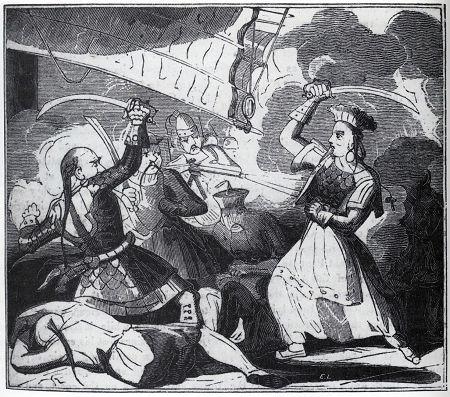
Ching Shih practiced a draconian style of punishment that was particularly harsh for both the victims of their plundering and any shipmates that broke her rules. This garnered her a particularly fearsome reputation. Ultimately, she retired from piracy in 1810 as a wealthy, law-abiding citizen, having negotiated amnesty for herself and anyone else from her fleet who surrendered. Despite her early retirement, her legacy as one of the most feared pirates in history lives on.
Face paint and kilts
Thanks to Mel Gibson’s Braveheart, the Highlanders of Scotland have become famous for going to war in face paint and kilts. Unfortunately, the epic scenes of Scottish men going to battle in kilts and face paint were simply not true. Despite how cool Mel Gibson looked in the movie, face painting for battle was a practice that was dropped around 1,000 years before William Wallace fought for his country’s independence in the 13th century. And one of the most popular symbols associated with Scottish culture, the kilt, wasn’t even invented for another 400 years.
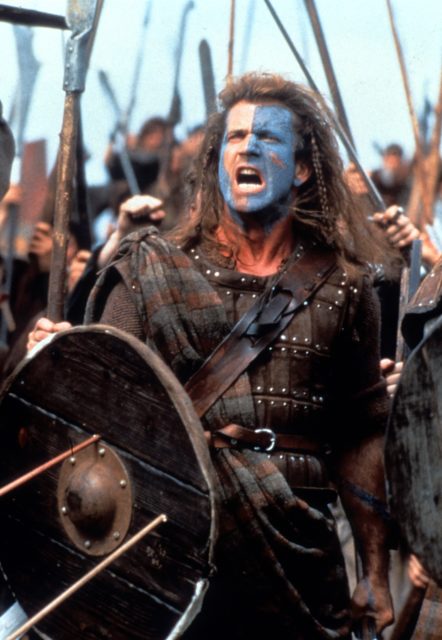
More from us: Weird Mandela Effects That Make Us Question What We Know About History
But a Braveheart without face paint and kilts? It just wouldn’t be the same.
